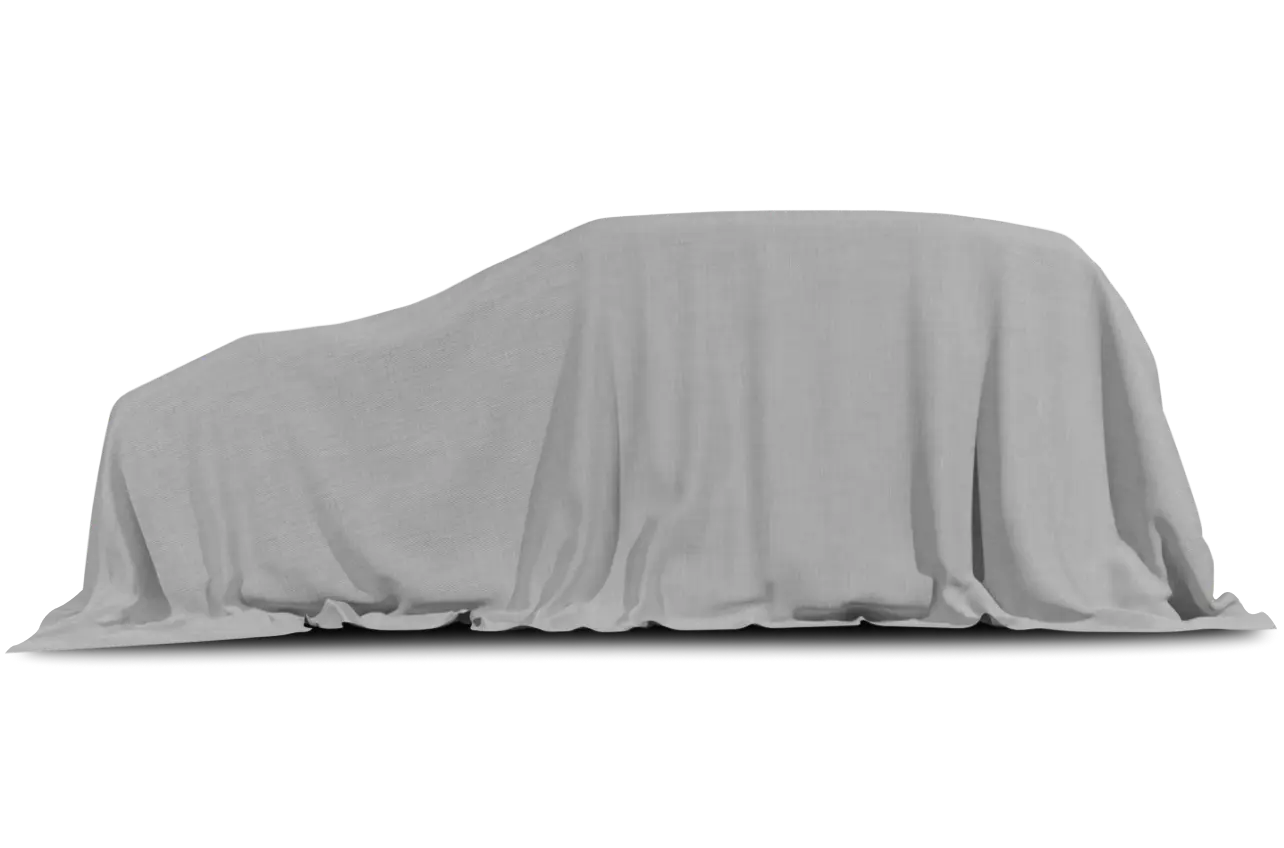
Seems like just about every automaker selling a luxury car is about to getinto the market for a luxury sport utility vehicle (Cartalk/June 18). If folksare willing to spend $30,000 to $50,000 for a luxury car, they’ll eagerly forkover $30,000 to $50,000 or more for a luxury SUV, the theory goes.
Besides, the automakers are finding that one reason car sales got a littlesoft is that consumers bought SUVs instead, so if an SUV is what they want,that’s what the automakers plan to give them.
And if they can give them high-priced and high-profit SUVs when doing so,so much the better.
We just finished testing a 1995 Toyota Land Cruiser, the largest and mostexpensive top-of-the-line SUV in the Japanese automaker’s stable. The LandCruiser will serve as the platform for the upcoming Lexus LX450 SUV, due toarrive early next year. The LX450 is expected to sell for many dollars morethan the Land Cruiser, which starts at $38,688.
After spending some time in the Land Cruiser, our initial reaction is thatRon Zarella is one smart man.
Zarella, the new marketing honcho at General Motors, reportedly is thefellow who convinced Cadillac division that it needn’t, shouldn’t and wouldn’tget into the luxury SUV market by taking a Chevrolet Tahoe and sticking theCadillac crest in the taillamp lenses and calling it a luxury SUV.
Land Cruiser is nice as far as $38,688 vehicles go, but the Lexus LX450 isgoing to be no more than a dolled up Land Cruiser for more money, perhaps$12,000 more.
Somewhere along the line there is going to be a consumer or two who says,”Hey, why on earth am I spending $12,000 more for a Land Cruiser just becauseit has the Lexus logo on it?”
Of course, a whole bunch of folks have purchased a Lexus ES300, even thoughthat car is no more than a dolled-up Toyota Camry for about $5,000 more; sowho’s to say there aren’t a few other mopes out there willing to spend $12,000more for a Land Cruiser with a Lexus nameplate on it simply to acquire adesigner label.
As we said, Land Cruiser is nice, but where it really stands out from therest of the big SUVs is in traveling over hills and holes, sands and seas,jungle swamps where the vehicle is buried to the rooftop, yet still managingenough traction to pull itself out of just about any predicament.
The Land Cruiser is the vehicle of choice when the map says there is noroad ahead. If Gilligan had a Land Cruiser he would only have spent a weekendon that island and then been able to drive home.
On smooth, flat surfaces it’s a rather ordinary machine. The Chevy Blazerrides and handles in more car-like fashion, and the Jeep Grand Cherokee ismore comfortable, though both the Blazer and Grand Cherokee are considerablysmaller than the Land Cruiser.
Where Land Cruiser scores points over those domestics is in offering dualair bags as standard equipment rather than just a driver’s air bag.
A couple of gripes as well:
– The second passenger seat has a handle to pull so that the seat foldsforward for easier access to the third seat in the rear, but entry still issomewhat narrow and limited.
– In order to traipse around in swamps, the Land Cruiser body sits ratherhigh off the ground. If you don’t stand high off the ground yourself you mayfind getting in and out of the machine is a little challenging. The phrasegroin pull comes to mind.
Yet another shortcoming is fuel economy. When swamp water or a Midwesternsnow is up to your collar, you really don’t care about a vehicle’s mileagerating.
But when the roads are dry and smooth, the 13 m.p.g. city/15 m.p.g. highwayrating is a tad alarming. Your favorite jungle stomping grounds had betterhave an Amoco or Shell franchise nearby.
Land Cruiser is loaded with all the comfort and convenience features andpower accessories as standard. Yet that doesn’t mean there is no room forluxury.
The test vehicle still added a host of options that ran the price up to$47,350: $500 running boards, $515 alloy wheels, $915 premium sound systemwith cassette and compact disc player, $4,010 leather seats and privacy glass,and other goodies. Add $397 for freight.





.png)



